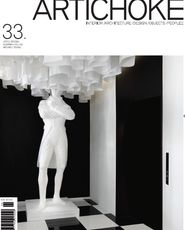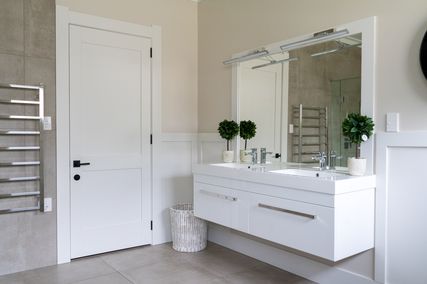
Khai Liew by Peter Ward
Peter Ward’s book about Adelaide-based furniture designer Khai Liew is part pictorial study, part biography. Liew’s strict childhood in Kuala Lumpur where, even then, he showed a sharp awareness for architecture and design, ended abruptly when race riots erupted on the peninsula. His family sent him to finishing school in Adelaide to avoid the country’s instability and it would be ten years before he was reunited with his family. His love for Australian furniture developed in his university years as he frequented thrift stores and auction houses. A career in furniture conservation soon followed and his showroom, Augusta Antiques, opened in Norwood, Adelaide. The next step seemed natural – to begin designing himself. “With no formal education in design, I (work) on intuition based on years of assessing the finer qualities of furniture,” Liew says of his approach. Today, Liew’s collection numbers well over a hundred individual designs with a distinctive style Ward dubs “Eurasian fusion.” Benches, cabinets, armchairs and tables all possess this respect for Australian colonial pieces combined with his fascination for Barossa German antique furniture, Ming Dynasty joinery, European and Japanese modernism and Ancient Greek and Egyptian traditions. Liew’s recent commissions include bedroom furniture for the Governor-General at Admiralty House and public seating for the National Gallery of Australia in Canberra. As Liew’s work continues with increasing skill, it is a fitting time to reflect on his career and successes thus far.
Peter Ward, Wakefield Press, 2010, 104 pages RRP $45.















